#5: Make Things Hard for Your Character
In the film Austenland, the main character, Jane, goes shooting with the other guests at an Austen-themed resort. On the way back, her horse refuses to budge, so the others go on without her. She waits alone, and then begins walking back by herself. To make things worse, it begins to rain. Actually, pour.
Mr. Nobley comes to rescue Jane, but her troubles are not over: her skirt’s in the way (he helpfully rips it for her); when they get back, she has trouble getting off the horse and falls awkwardly over Mr. Nobley; finally, Lady Amelia Heartwright ignores Jane and then, once she notices her, she is appalled by her appearance.
The film is delightful and hilarious, in part because there is no end to Jane’s troubles. It’s not just horse trouble, or the rain, or the skirt—it’s obstacle building on obstacle, with small triumphs interspersed (she does, after all, manage to get off the horse).
I used to be afraid to hurt my characters, which greatly limited my stories. Challenge creates the potential for growth.
A great example of a character experiencing hard things is Anne Elliot in Persuasion. She is taking a long walk with a number of family members and friends, including her ex-fiancé Captain Wentworth (who still isn’t over the fact that she broke up with him a decade before), and his current love interest, Louisa Musgrove.
At one point, Anne decides to rest on the hill. Her location accidentally places her in a spot where she is forced to eavesdrop on Captain Wentworth and Louisa’s budding romance. This certainly qualifies as making things hard for your main character.
As we analyze this scene, we can see Austen implementing three different techniques that are used to make things difficult for characters:
- Provide external obstacles and challenges that require action and must be overcome
- Give the character successes or triumphs which lead to complications or other difficulties
- Use the character’s internal flaws or challenges to make it harder for the character to succeed
External Obstacles and Challenges
External obstacles can be created by other characters, nature, animals, society, technology—in other words, by anything outside of the character’s self.
Anne Elliot still loves Captain Wentworth, so in this scene the external challenge is caused by the romance between Captain Wentworth and Louisa, and by the fact that Anne is forced to witness it. At one point, Wentworth praises Louisa in a way that Anne knows is a direct critique of Anne’s own character and past choices:
“My first wish for all, whom I am interested in, is that they should be firm. If Louisa Musgrove would be beautiful and happy in her November of life, she will cherish all her present powers of mind.”
Anne does not take immediate action against this obstacle, but it is an obstacle that she must overcome over the course of the novel.
Successes or Triumphs
Seemingly good things—successes and triumphs—can also make things harder for the main character. This is counterintuitive because we expect good things to yield good results, yet good things can have a myriad of challenging results, including shallow victories, greater expectations/responsibilities, complicated relationships, and distractions from the real goal.
Not long after Anne eavesdrops on Wentworth and Louisa, the entire group reconvenes and begins the arduous journey home. Captain Wentworth goes out of his way to help Anne by securing her the only spot in a carriage for the ride home, and physically lifting her into the carriage, which could be considered a success or triumph for Anne. Yet this makes things more difficult for her:
This little circumstance seemed the completion of all that had gone before. She understood him. He could not forgive her, — but he could not be unfeeling. Though condemning her for the past, and considering it with high and unjust resentment, though perfectly careless of her, and though becoming attached to another, still he could not see her suffer, without the desire of giving her relief….[It] was a proof of his own warm and amiable heart, which she could not contemplate without emotions so compounded of pleasure and pain, that she knew not which prevailed.
The novel Persuasion provides many examples of how successes and triumphs can lead to further complications or other difficulties for the main character.
Internal Flaws and Challenges
Internal flaws and challenges also make it harder for characters to succeed at their goals.
During the first half of the novel, Anne’s internal flaws dominate: she still loves Captain Wentworth, but she is not assertive, and she does not make any clear attempts to show her affection to him.
Throughout this scene, Anne places herself and her desires beneath those of others, and she goes out of the way to avoid moments of interaction with Captain Wentworth. Despite her love, she intentionally avoids opportunities which could lead to them rekindling their friendship and romance:
Anne’s object was, not to be in the way of any body, and where the narrow paths across the fields made many separations necessary, to keep with her brother and sister.
Internal flaws and challenges are often harder for characters to overcome than any external obstacles.
In Conclusion
Making things hard for your character creates tension and conflict. It also makes the ultimate triumph of the character more compelling, because of all that they have had to overcome in the process.
In crafting hard things, it is important to avoid making the hard things too big or irrelevant. This scene with Anne Elliot and Captain Wentworth doesn’t need an earthquake or an angry villain to make things harder for Anne, because in this scene, these little challenges are emotionally relevant. Austen doesn’t shy away from big events and challenges—for example, Louisa’s terrible fall later in the book—but building to these larger events with other smaller challenges makes them more emotionally resonant.
Exercise #1: Consider what external challenges a character might face when purchasing vegetables. Make a list of at least two large challenges, two medium challenges, and two small challenges they could face. Now choose a few of these challenges and write a paragraph about this character purchasing vegetables. If you would like, share this paragraph in the comments.
Exercise #2: Make a list of some of your own characteristics that might be considered flaws (being prone to anger, perfectionism, etc.). Write a paragraph about a time in your life when one of these characteristics made doing something more difficult for you.
Exercise #3: Take a scene that you have written. Underline or circle all the things that are hard for your character, and label each of the things as an external obstacle/challenge, a success/triumph which leads to other difficulties, or an internal flaw/challenge. Now read through the scene again and consider whether or not you need to add more challenges, big or small.
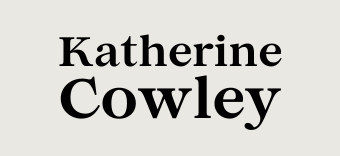
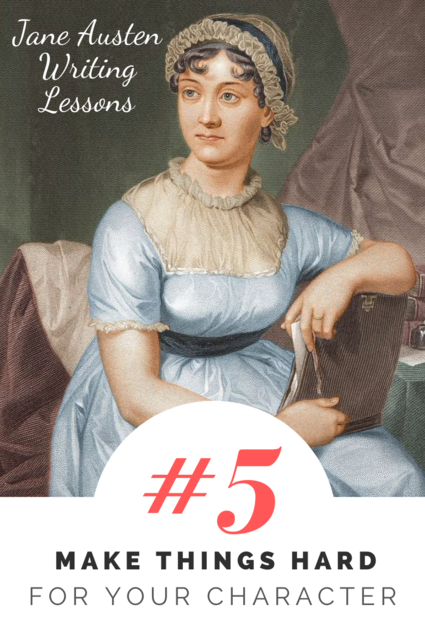

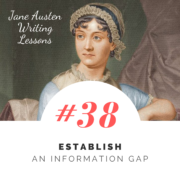
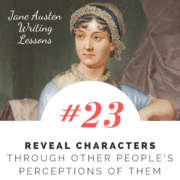
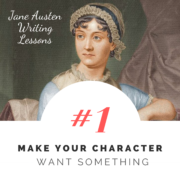
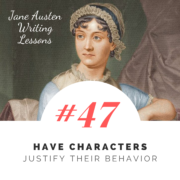
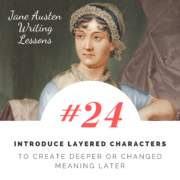
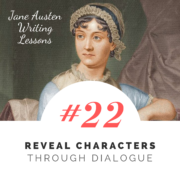
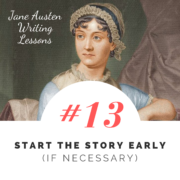
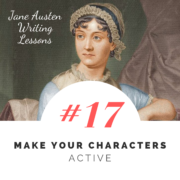


Leave a Reply
Want to join the discussion?Feel free to contribute!